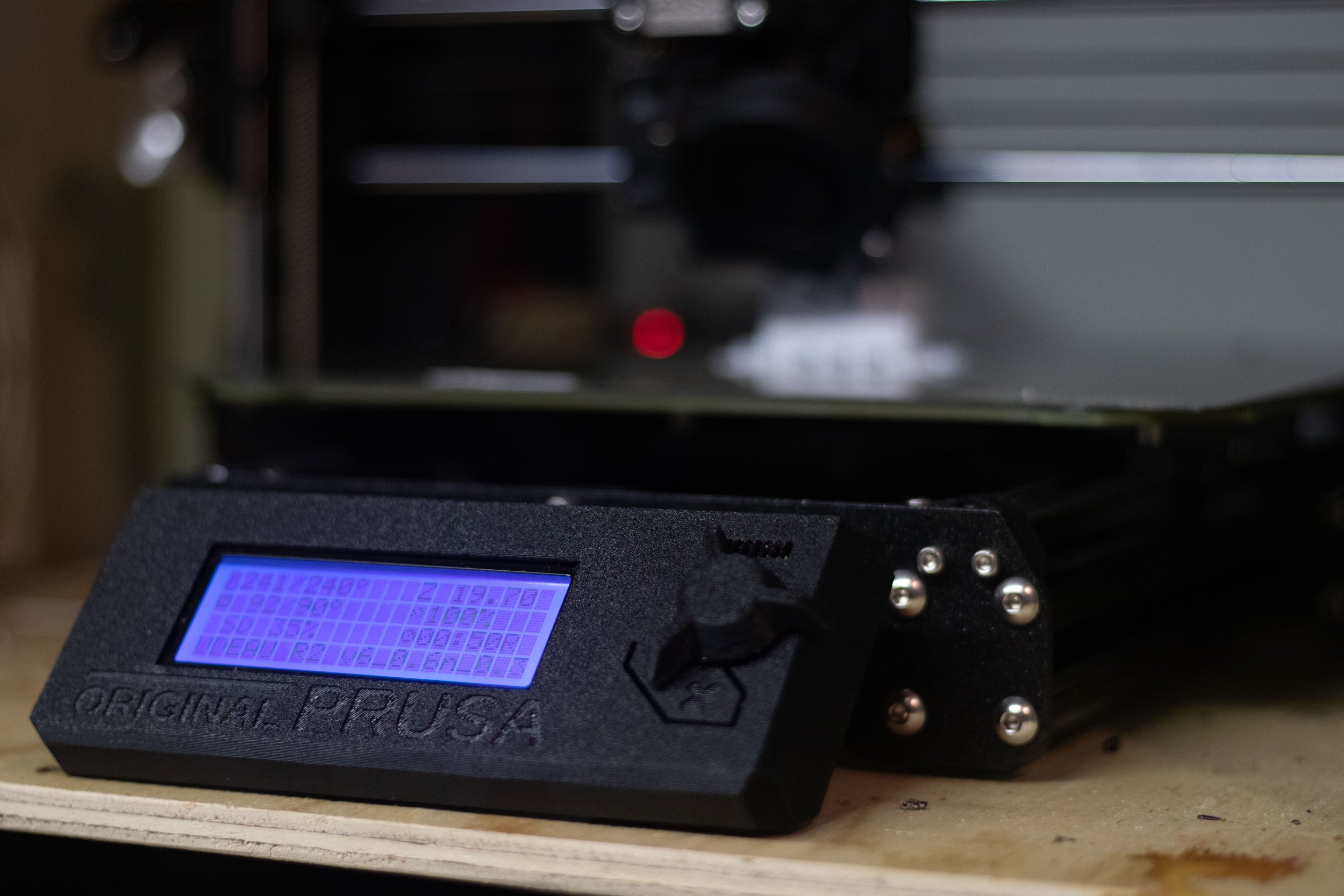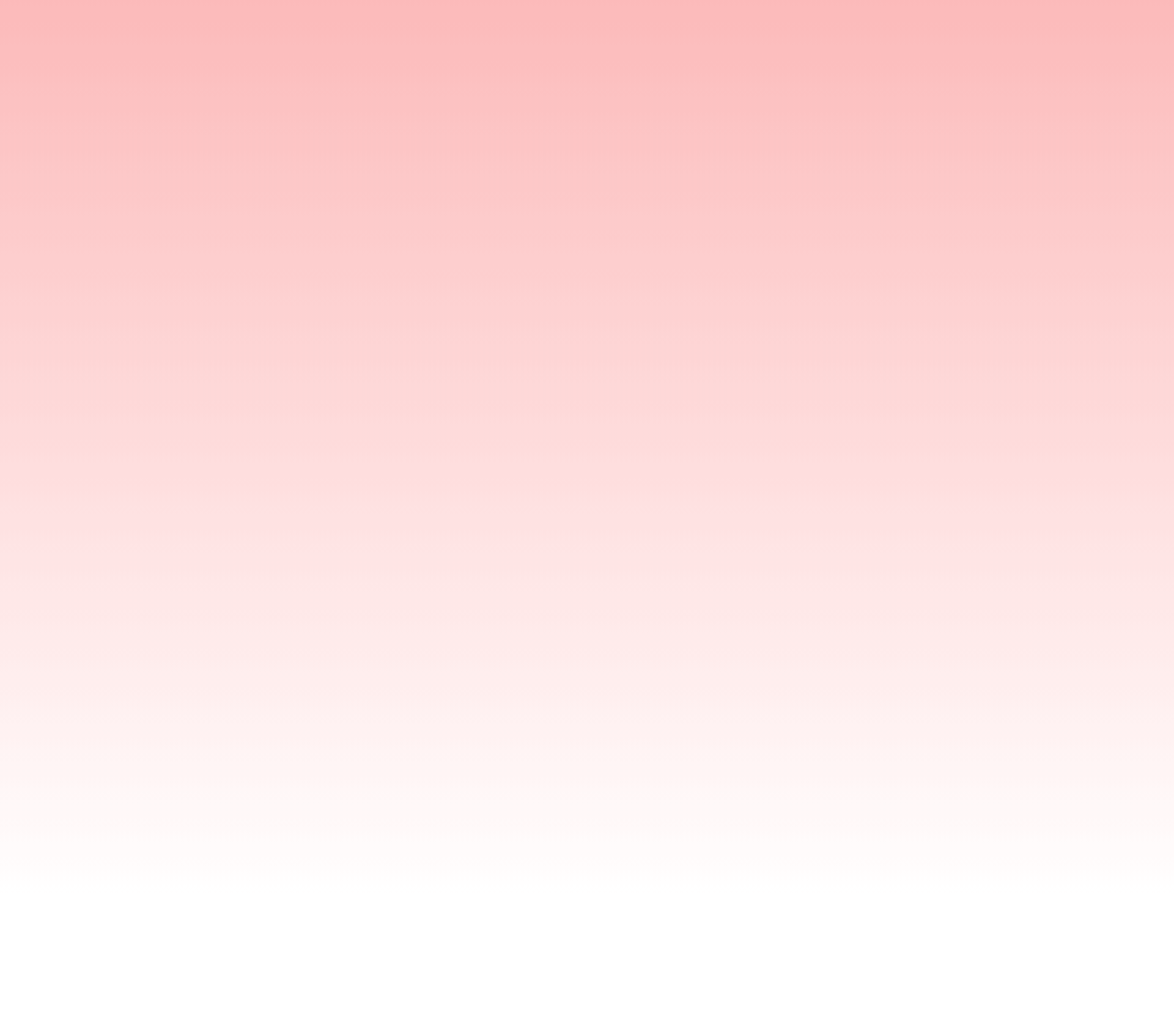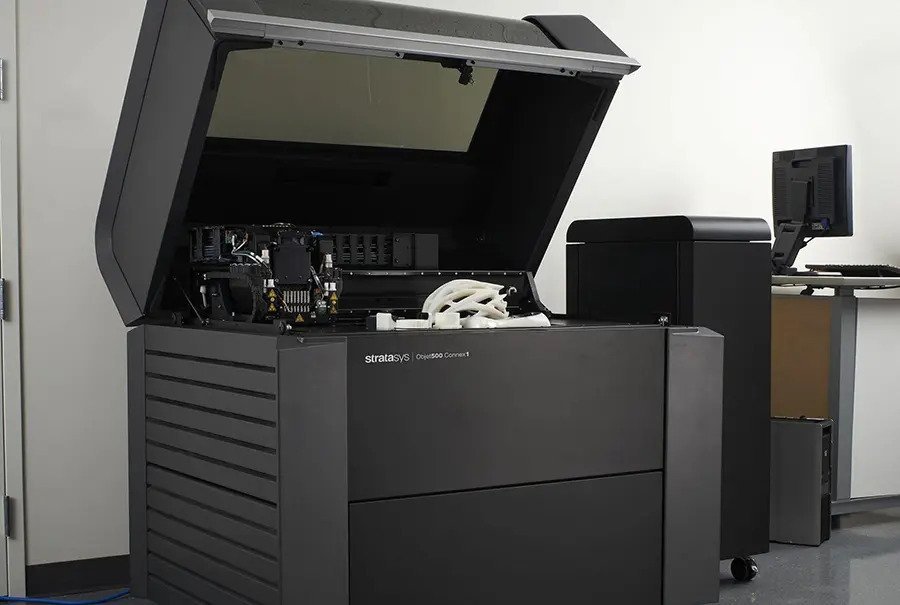
3D PRINTCRAFT
Polyjet
What is PolyJet 3D Printing?
PolyJet is one of the most versatile 3D printing solutions available, capable of producing parts with incredible precision and speed in a wide range of material properties. Parts are created by jetting microscopic thin layers of liquid photopolymer onto a build tray. PolyJet is the only print technology that allows you to create parts in multiple materials including soft rubber-like, rigid, clear and opaque surfaces all in one build.
Manufacture parts using PolyJet 3D Printing Services when you need to prototype rubber-like parts, over molds, soft touch parts or assemblies requiring multiple material properties or colors.
15" x 12"
Max X/Y Build Volume
± 0.2
MM Part
Tolerances
5
High Performance Materials
2-5 Day
Average Lead Time
Materials | PolyJet Matrix

RIGID BLACK Material

TRANSPARENT Material

POLYPROPYLENE-LIKE Material

RUBBER-LIKE Material

MILTI-MATERIAL

Get Started Today
Ready to bring your ideas to life with the power of SLA 3D printing?
Contact us today to discuss your project, request a quote, or place an order.

Digital Materials
Multi-Material 3D Printing
PolyJet technology is best known for is ability to 3D print multiple materials in a single build to create overmolds, soft touch parts & living hinges. We print using Connex3 technology which allows the blend of 3 unique materials: RGD450 Rigid White, Agilus 30 & VeroClear.
Rigid materials can be combined with Agilus 30 to create custom shore values between A30 – A95. Custom material hardness options are found below:
-
Shore A30
-
D86
-
D80
-
Shore A40-A95
Agilus 30 (Formerly TangoBlack)
Simulated Rubber
Agilus 30 rubber-like material offers a variety of elastomer characteristics with superior elongation at break, tear resistance and tensile strength. By combining other PolyJet rigid materials with Agilius 30, you can mimic the softness of rubber along a Shore A hardness scale for a variety of modeling & prototyping applications.
-
3.1 MPa
-
240%
-
7%
-
A30-A95 (variable)
VeroClear
General Purpose Transparent Parts
VeroClear via PolyJet is a highly rigid acrylic based transparent material. The material is ideal for concept models and visuals offering excellent detail visualization for applications such as light pipes & transparent enclosures. The PolyJet printing process produces highly accurate prototypes for testing fit, form and function with excellent dimensional stability and water resistance. This material can be combined with Agilus 30 and RGD450 to create multi-material 3D Prints.
-
53 MPa
-
3-15%
-
84 MPa
-
67 J/m
-
51°C
-
45 MPa
-
35%
-
59 MPa
-
35 J/m
-
54°C @ 0.45 MPa
Rigur (RGD450) Rigid White
Durable Prototyping Resin
Rigur (RGD450) is durable white rigid resin that is a great overall choice for high detail prototypes and assemblies. Rigur is more durable than other PolyJet family resins, offering superior durability and impact resistance. The increased elongation & flextural strength that Rigur provides makes it ideal for more demanding prototyping applications.
VeroBlack
Rigid Black Resin
VeroBlack is a extremely rigid acrylic based material ideal for detail visualization. VeroBlack is a highly accurate prototyping material best suited for testing fit, form and function with excellent dimensional stability and water resistance in situations where a black finish is critical.
-
65 MPa
-
25%
-
90 MPa
-
30 J/m
-
54°C
Design Guidelines
PolyJet 3D Printing
PolyJet Matrix Technology is an resin based 3D printing technology that deposits ultra fine droplets of resin on a build platform through multiple different inkjet-like print heads. These materials are cured using a UV light that solidifies each layer in 16 micron layers. The technology is similar to inkjet printing and allows materials to be combined together to create a number of different combinations of different shore hardness’s and properties in a single build.
This design guidelines covers specific design parameters, which will need to be followed to prevent build failures from occurring. Minimum tolerances specified by our engineers ensure that your part build successfully and to the highest quality possible. Parts that do not adhere to these design guidelines may not resolve correctly, or be overly fragile when handled.
Optimizing your design for PolyJet Matrix Technology will also help keep 3D printing costs down. Price is primarily based upon the volume of material consumed to manufacture your part. Small, thin walled parts are priced the most competitively in this technology. However, since the technology uses a support structure, hollow cavities and internal voids will be fill with support which has a significant cost associated with it in this technology. Therefore, optimizing your designs to reduce overhangs can significantly reduce the cost of 3D Printing in PolyJet.
3d Printcraft’ PolyJet machines have a building volume of: 490 x 390 x 200 mm (19.3 x 15.35 x 7.9), a standard layer thickness of 28um.
Multi-Material 3D Prints require a multi-body STEP file to manufacture from.
Minimum Wall Thickness
1.5 mm
Engraved Details
Thickness & depth of at least 0.3 mm
Embossed Details
Thickness & depth of at least 0.2 mm
Clearance
0.3 mm
Minimum Hole Size
0.4 mm or 3 mm for internal channels
Layer Height
16 μm – 28 μm
Maximum Build Size
490 x 390 x 200 mm (19.3 x 15.35 x 7.9)
Maximum Build Size
490 x 390 x 200 mm (19.3 x 15.35 x 7.9)
Surface Finish
Parts have an ultra-smooth finish
Warping & Deformities
Parts are unlikely to deform unless exposed to water or high temperatures
Multi-Material 3D Printing
Blend up to 3 materials at a time to create parts with different shore hardnesses, translucency and overmolds.
Variable Shore Hardness
Prototype flexible parts between Shore A30 – A95 hardness. PolyJet rubber-like materials offer superior elongation at break, tear resistance and tensile strength.
Highly Accurate
16-micron layer resolution and accuracy as high as +/- 0.1 mm. PolyJet can produce thin walls and complex geometries in a wide range of resins.
Smooth Finish
PolyJet parts have an ultra smooth surface finish that is easily sanded and painted to offer an excellent aesthetic finish for visual prototypes.




